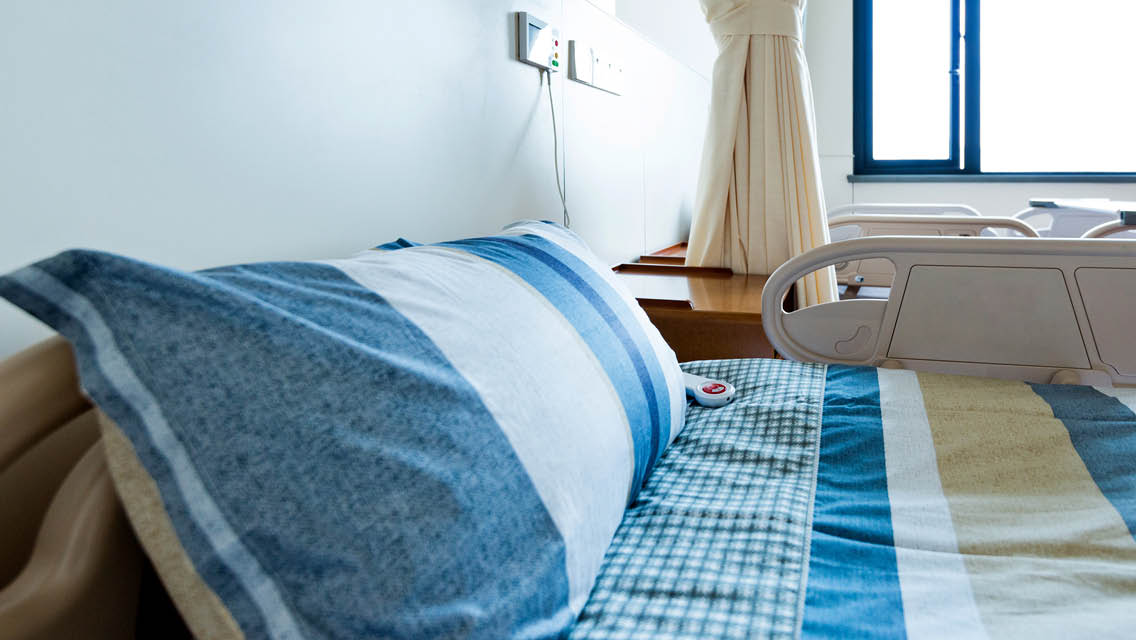It’s been nearly 20 years since my last visit to a hospital’s emergency room, but bits and pieces of that late-night adventure remain stubbornly lodged in my memory banks. A mysterious pain in my right side had laid me low that evening, and My Lovely Wife eventually loaded me into the car and drove to the ER, where I frantically sought some relief. It was the Fourth of July weekend and the place was packed. I was not spilling any blood or missing any fingers, though, so the staff there tended to more urgent cases while I filled out paperwork, pleaded in vain for some painkillers, and waited for death or a doctor to whisk me away. At a certain point either one would’ve been acceptable.
Hours later, we returned home with a diagnosis (kidney stones), the coveted opioids, and a robust commitment to regular hydration. If I never return to an ER, it will be too soon.
Anyone who’s endured a similar experience knows the ER is no place for the faint of heart. Ambulances deliver the injured for triage while nurses and doctors frantically rush about trying to determine who among the merely ill need immediate attention and who can wait. It’s a painful ordeal at any age, but it can be especially disorienting for the elderly, most of whom arrive with chronic conditions that defy a quick diagnosis and lack the sort of social support that will carry them through — and beyond — the treatment.
And because the ER is the stopping-off point for about two-thirds of all Medicare hospital admissions, caring for older patients there is a problem that has festered beneath the industry’s radar for decades. A handful of forward-thinking hospitals have responded by creating special geriatric emergency departments (GED), but the healthcare system as a whole has been slow to climb on the bandwagon. Indeed, eight years have passed since the first GED took root and no insurance plan — including Medicare and Medicaid — has yet seen fit to adjust its reimbursements to account for the added expense of this visionary approach.
At New York City’s Mount Sinai Medical Center, home of one of the nation’s first GEDs, a multidisciplinary team greets elderly patients upon their arrival and quickly determines whether they need urgent treatment. If they’re stable, they’re ushered into a separate room where they can relax with an extra pillow and blanket, a stress ball to help ease anxiety, and a coloring book or sudoku puzzle to help them pass the time.
“The emergency room is overwhelming regardless of age, but even more so for older people with few social supports who at their baseline are often more confused and vulnerable,” Shari Kaplan, Mount Sinai’s head of volunteer services, tells AARP. “They can range from saying, ‘I’m totally fine and I don’t need help,’ to being tearful and admitting to feeling scared and lonely and sad. Being multidisciplinary, we have the nursing team assessing for fall risk and proper medication management while social workers check in on social supports. We tailor everything to the specific needs of each patient.”
Mount Sinai, Northwestern Memorial in Chicago, and St. Joseph’s Regional Medical Center in Paterson, N.J., have been operating GEDs since 2013, but it wasn’t until five years later that the American College of Emergency Physiciansintroduced an accreditation program to standardize these operations nationwide. Since then, some 200 hospitals have achieved at least one of the three levels of accreditation.
The appeal for hospital administrators, of course, is the potential cost savings generated by limiting the number of unnecessary hospital admissions among the Medicare set. Government reimbursements generally do not completely cover the cost of care. So, by investing a bit in a specialized GED team, hospitals can more effectively diagnose elderly patients who land there and offer the support they need to handle acute conditions without expensive interventions.
A team of Northwestern Memorial researchers earlier this month released the results of a study that offer a glimpse of the cost-saving opportunities GEDs offer there and at Mount Sinai. Analyzing data from nearly 25,000 Medicare beneficiaries who visited the emergency departments at the two hospitals since 2013, Scott Dresden, MD, and his colleagues found the specialized care decreased per-patient costs by up to $3,200.
“It is estimated that 60 percent of hospitalized Medicare patients arrive through the emergency department,” Dresden notes. “When you consider the potential savings per beneficiary when geriatric emergency departments programs are implemented, it’s a very significant cost reduction for patients and the payers, while also resulting in better care for older adults.”
The savings come from the assessment process GED teams employ, which tend to reduce hospitalization admissions, length of stay, as well as readmissions, explains study coauthor Ula Hwang, MD, MPH, professor of emergency medicine at Yale Medicine. “By assessing their needs and living situations in the emergency department, the nurses and social workers can connect older patients with necessary resources, such as home care, physical therapy, or medical equipment, making it safe to discharge them home and avoid unnecessary inpatient admissions.”
Since implementing the GED program, Northwestern Memorial has seen a 33 percent drop in these types of readmissions among older patients. Hospital administrators have continued the program despite a lack of additional reimbursement from Medicare and other insurers, but Dresden says that reluctance is preventing other hospitals from creating GEDs.
“While more hospitals and healthcare systems have incorporated geriatric emergency programs, most have not, and without reimbursement they are not incentivized to do so,” he argues. “These programs not only improve care and outcomes for older adults, but also have direct economic value for patients and payers. Hospitals and clinicians who incorporate these integrated geriatric care programs in their emergency departments should receive the benefit of shared savings.”
I’m not actuarially competent enough to explain how Medicare and other health-insurance companies calculate reimbursements, so suffice it to say that it costs hospitals more to create and operate a GED, and they’re not yet getting compensated for those added expenses. How they might go about correcting that problem is another problem altogether.
Medicare officials are notoriously tight-fisted when it comes to reimbursement requests, so I doubt the results of Dresden’s study are going to loosen the purse strings in Washington anytime soon. Still, it’s good to know that there’s at least an outside chance that my next visit to an emergency room may include more empathy than what I encountered during my last one. A pillow and blanket would be much appreciated; a coloring book would be a pleasant diversion. But first the painkillers, please. Really.





This Post Has 0 Comments